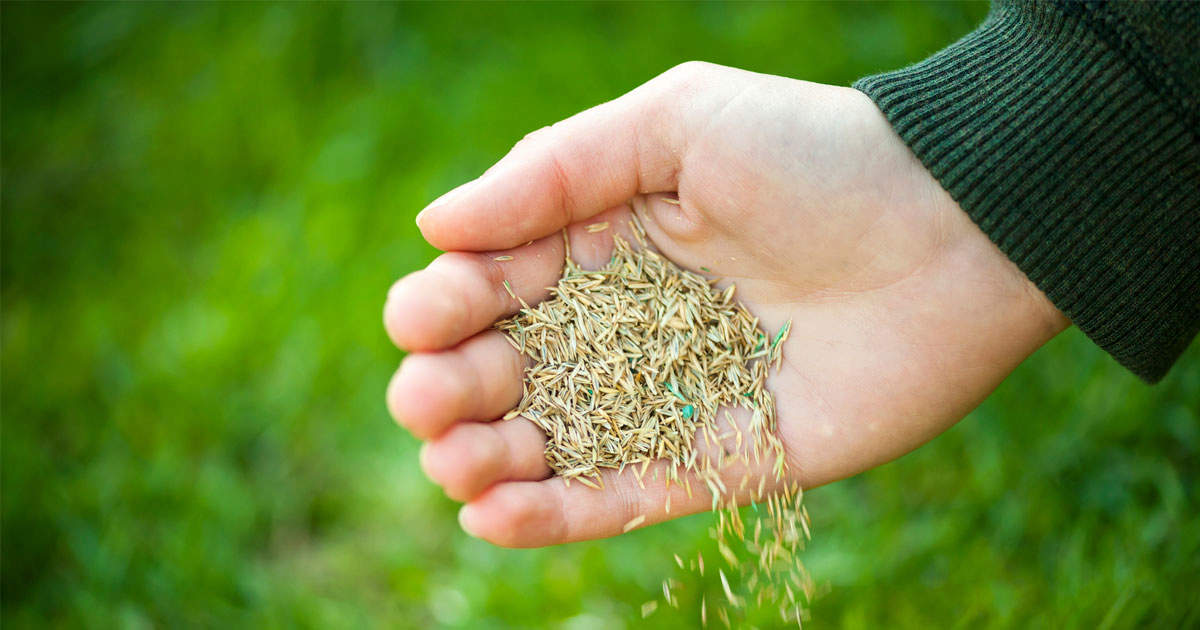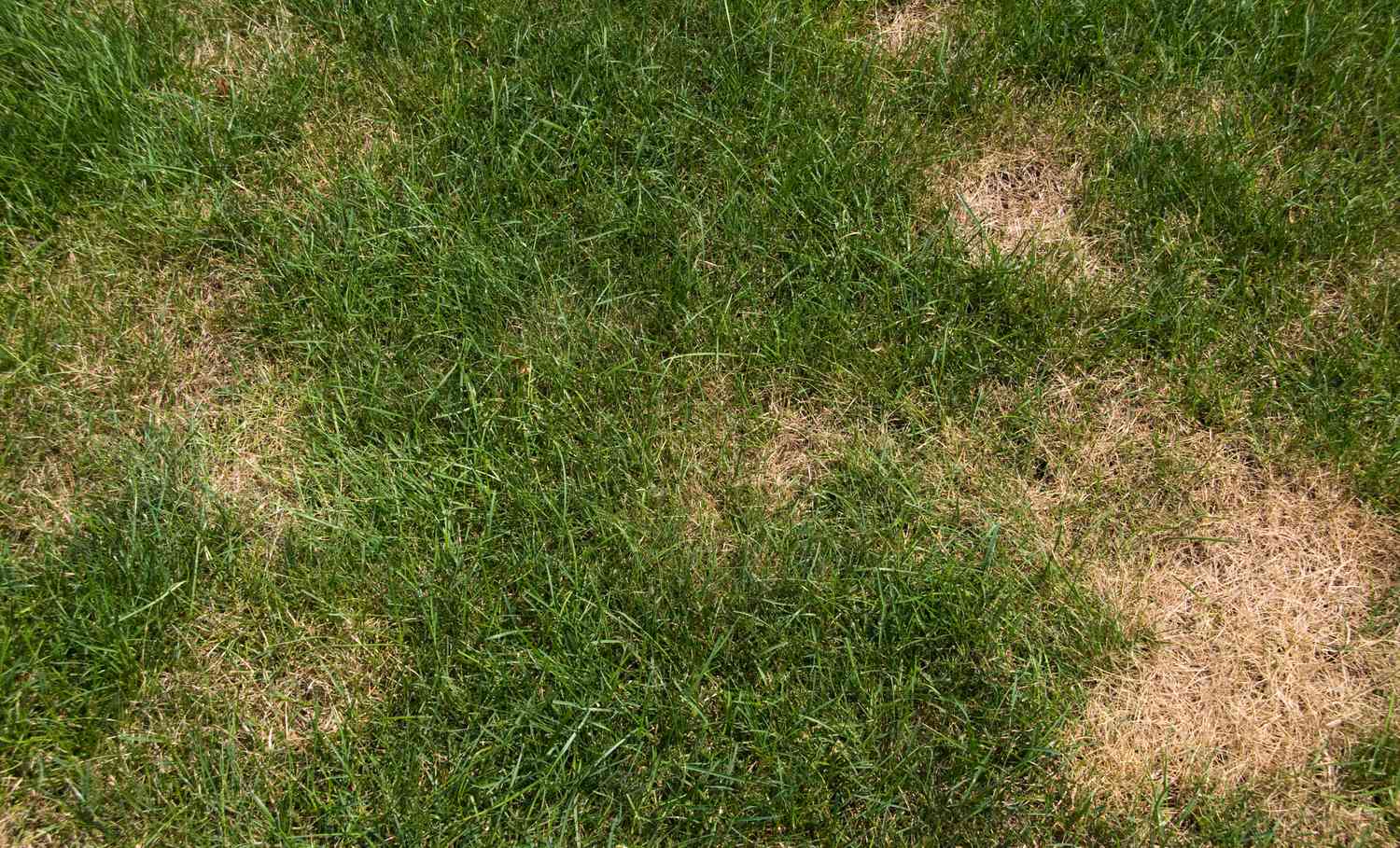The Best Lawn Mowing Practices for a Healthy Lawn in Connecticut
Mowing your lawn might seem like a simple task—just cut the grass when it looks too long, right? But if you want a lush, healthy lawn in Connecticut, there’s more to it than just running a mower over it. The way you mow can impact grass health, growth, and even how resistant it is to weeds and drought.
Here’s a breakdown of the best lawn mowing practices to keep your Connecticut lawn in top shape all season long.
1. Mow at the Right Height
One of the biggest mistakes homeowners make is cutting their grass too short. While a super-short cut might mean you mow less often, it also weakens your lawn, making it more vulnerable to weeds, drought, and disease.
- Ideal Mowing Heights for Common Connecticut Grasses:
- Kentucky Bluegrass: 2.5 – 3.5 inches
- Tall Fescue: 3 – 4 inches
- Perennial Ryegrass: 2.5 – 3 inches
A good rule of thumb is to never cut more than one-third of the grass blade at a time. Cutting too much at once can stress the grass and lead to brown patches.
2. Mow at the Right Time of Day
Believe it or not, the time of day you mow can affect your lawn’s health.
- Best Time to Mow: Morning (8 AM – 10 AM) or Late Afternoon (4 PM – 6 PM)
- Worst Time to Mow: Midday (too hot, stresses the grass) or Evening (grass stays damp, increasing disease risk)
Mowing in the morning or late afternoon helps prevent heat stress and gives your lawn time to recover before the next day’s sun.
3. Keep Your Mower Blades Sharp
Dull mower blades tear the grass instead of making clean cuts. This creates jagged edges that turn brown and make your lawn more susceptible to disease.
- Sharpen mower blades at least twice per season or after every 20-25 hours of mowing.
- Check blades regularly for nicks and dull edges.
If you notice white tips on your grass after mowing, it’s a sign that your blades are too dull.
4. Switch Up Your Mowing Pattern
Do you mow in the same direction every time? That can lead to soil compaction and uneven grass growth. To keep your lawn healthy:
- Alternate your mowing pattern each time you mow.
- Avoid making ruts by always mowing in the same wheel tracks.
- Changing directions helps the grass grow upright instead of leaning.
5. Mulch Your Grass Clippings Instead of Bagging
Many homeowners bag and remove their grass clippings, but leaving them on the lawn can actually improve its health. Mulching grass clippings returns nutrients back into the soil, helping your lawn stay greener and reducing the need for extra fertilizer.
If your grass is too long when you mow, consider bagging to prevent excess clippings from piling up and smothering the lawn.
6. Don’t Mow Wet Grass
Mowing wet grass can lead to uneven cuts, clumps of clippings, and even damage to your lawn. Wet grass tends to bend over instead of standing upright, making it harder for the mower blades to make a clean cut. It also increases the risk of spreading lawn diseases.
Always wait for the grass to dry before mowing to ensure a clean, even cut.
7. Mow Regularly but Don’t Overdo It
Mowing too frequently can stress the lawn, while waiting too long between mows can lead to overgrowth that’s harder to cut. A good rule of thumb is to mow once a week in spring and fall, and every 7 to 10 days in summer when growth slows down.
If the weather has been particularly rainy or dry, adjust your schedule accordingly.
Final Thoughts
Lawn mowing isn’t just about cutting the grass—it’s about maintaining the health of your lawn. By mowing at the right height, using sharp blades, switching up your mowing pattern, and following a consistent schedule, you can keep your Connecticut lawn looking its best all year long.
If keeping up with mowing feels like a hassle, consider our team at Kiss My Grass Property Maintenance to save time and ensure your yard is always in top condition.









